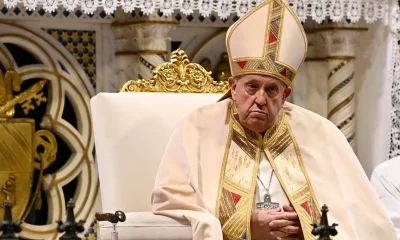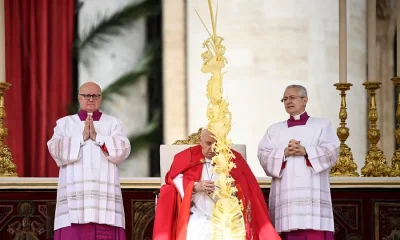International
The pope presided over the Vigil and remembered the peoples destroyed by evil and injustice
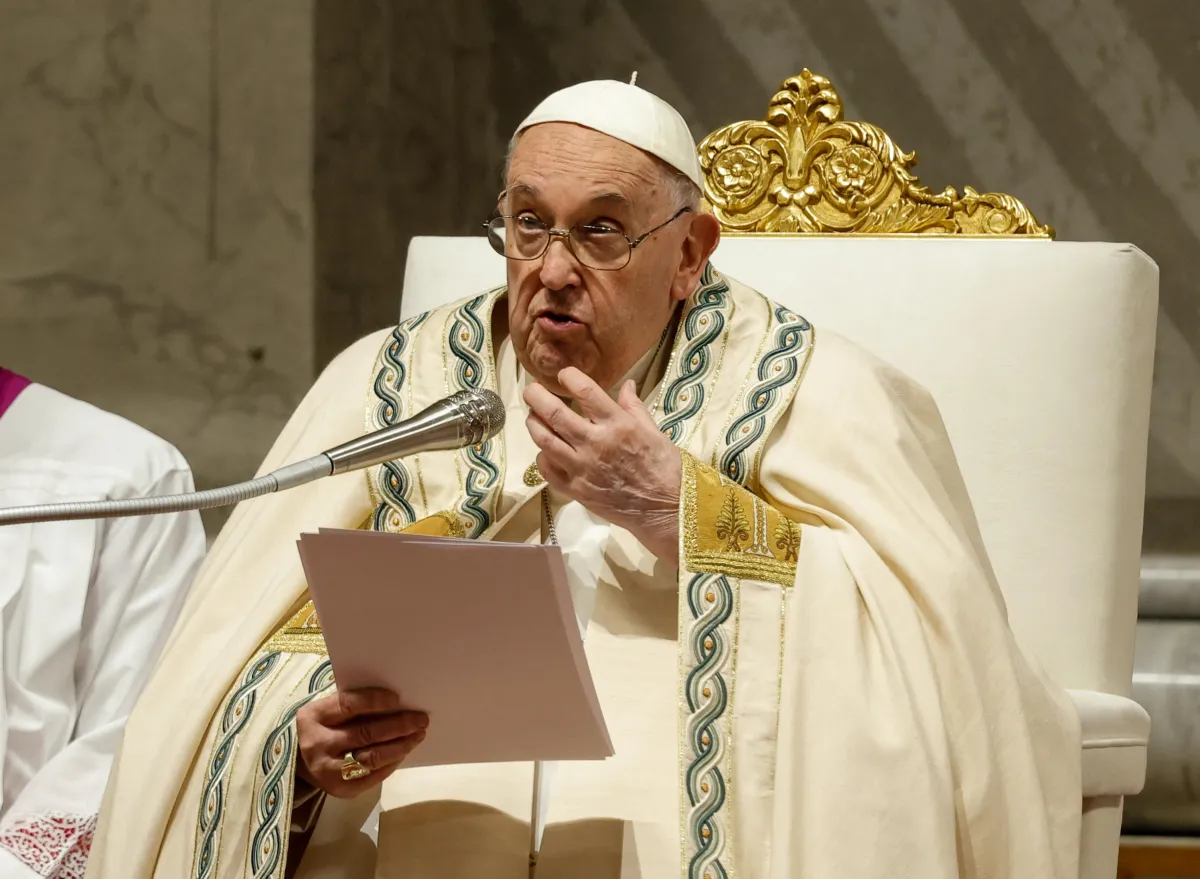
Pope Francis presided over the Mass of the Easter Vigil in St. Peter’s Basilica this Saturday, after renouncing the Via Crucis of the Colosseum to take care of his health, and in the homily he asked “that despair be removed” for “the peoples destroyed by evil and beaten by injustice.”
In this long celebration of more than two hours, in which the wait for the resurrection of Jesus is commemorated, the pope participated in all the rites and read in a good voice, after this Friday he decided at the last minute not to go to the Colosseum for the Way of the Cross.
In the homily he referred to “that sometimes we feel that a tombstone has been placed heavily in the entrance of our heart, suffocating life, extinguishing trust, enclosing ourselves in the tomb of fears and bitterness.”
The pope called them the “pitfalls of death” and said that “they are all the experiences and situations that rob us of the enthusiasm and the strength to move forward.”
And among them he cited “the deaths of our loved ones, which leave in us voids impossible to fill; in failures,” “the walls of selfishness and indifference, which repel the commitment to build cities and societies more just and dignified for man” and “all the longings for peace broken by the cruelty of hatred and the ferocity of war.”
The pope then assured that “Jesus is our Easter, the one who makes us move from darkness to light, who has joined us forever and saves us from the abyss of sin and death, drawing us towards the luminous impetus of forgiveness and eternal life.
Francis then went to the “peoples destroyed by evil and beaten by injustice, landless peoples, martyr peoples” to move away “this night the singers of despair.”
The ceremony, one of the longest in the tradition and full of symbolism, began with the blessing of the fire in the atrium of the basilica and the lighting of the Easter candle. The pope marked the candle with the inscription of the first and last letter of the Greek alphabet – alpha and omega – that symbolize that God is the beginning and the end in a totally dark basilica.
Then the traditional procession took place with the entry of the concelebrants in total silence and in the dark and only with the candles lit to represent the absence of light after the death of Jesus Christ.
Only after the deacon pronounced the phrase ‘Lumen Christi’ (The light of Christ) three times did the lights of the basilica turn on and the mass began before 6,000 faithful.
This long ceremony follows the tradition of the first years of the Church, that of the catechumens, the adults who aspired to convert to Christianity and, therefore, the blessing of water was also celebrated, and Francis baptized eight adults of different nationalities: four Italians, two Koreans, one Japanese and an Albanian.
In this Vatican Holy Week, it has not been possible to enjoy the presence behind the altar of the imposing baldaquin of San Pedro by Gian Lorenzo Bernini, since it remains covered since a restoration is being carried out in view of next year’s Jubilee.
The pope decided this Friday at the last minute not to go to the Way of the Cross at the Colosseum to “safeguard his health” since in recent days he has been suffering from respiratory problems while both today’s ceremony and Sunday’s Resurrection Mass were confirmed.
Central America
Senator Van Hollen Meets with Deported MS-13 Member in El Salvador; Trump and Bukele React
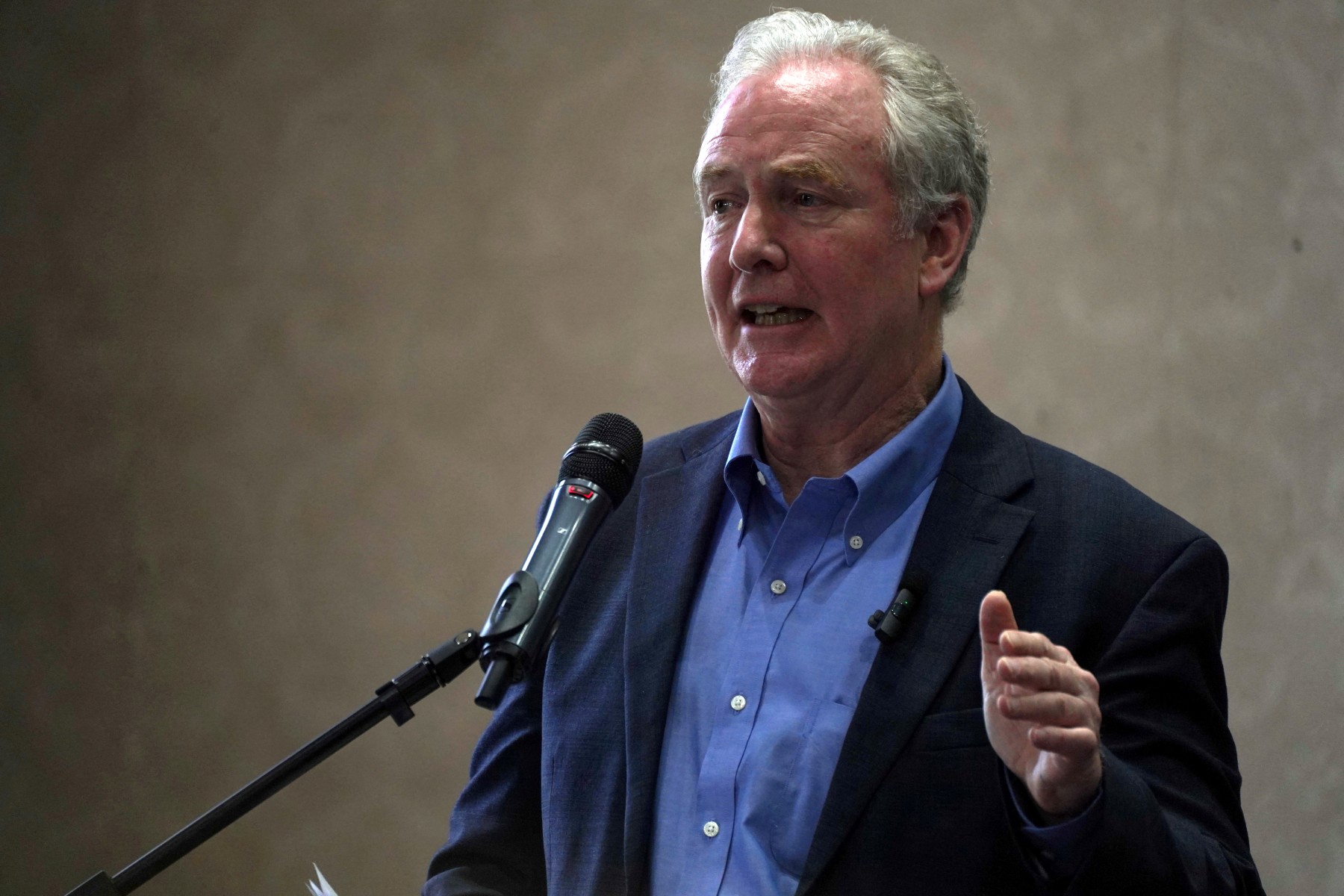
U.S. Democratic Senator Chris Van Hollen, representing the state of Maryland, held a meeting in El Salvador with deported MS-13 gang member Kilmar Ábrego García, a member of the criminal group classified by the U.S. government as a terrorist organization.
“Kilmar Ábrego García, miraculously resurrected from the ‘extermination camps’ and ‘torture chambers,’ now sipping margaritas with Senator Van Hollen in the tropical paradise of El Salvador!” wrote President Nayib Bukeleon X (formerly Twitter), sharing photos of Van Hollen, Ábrego García, and a lawyer sitting together at a Salvadoran hotel.
The deported gang member is seen wearing a plaid shirt and a flat-brimmed cap, seated at a table with glasses and coffee cups. The senator also shared images of the meeting on his own social media accounts.
Bukele reaffirmed that Ábrego will remain in El Salvador and will not be returned to the United States.
“Now that his health has been confirmed, he has earned the honor of remaining under the custody of El Salvador,” Bukele added.
Former U.S. President Donald Trump criticized the senator’s meeting with Ábrego on Truth Social, calling Van Hollen “a fool” for advocating for Ábrego’s return to the U.S.
International
Pope Francis Appears for Easter Blessing, Calls for Peace and Religious Freedom
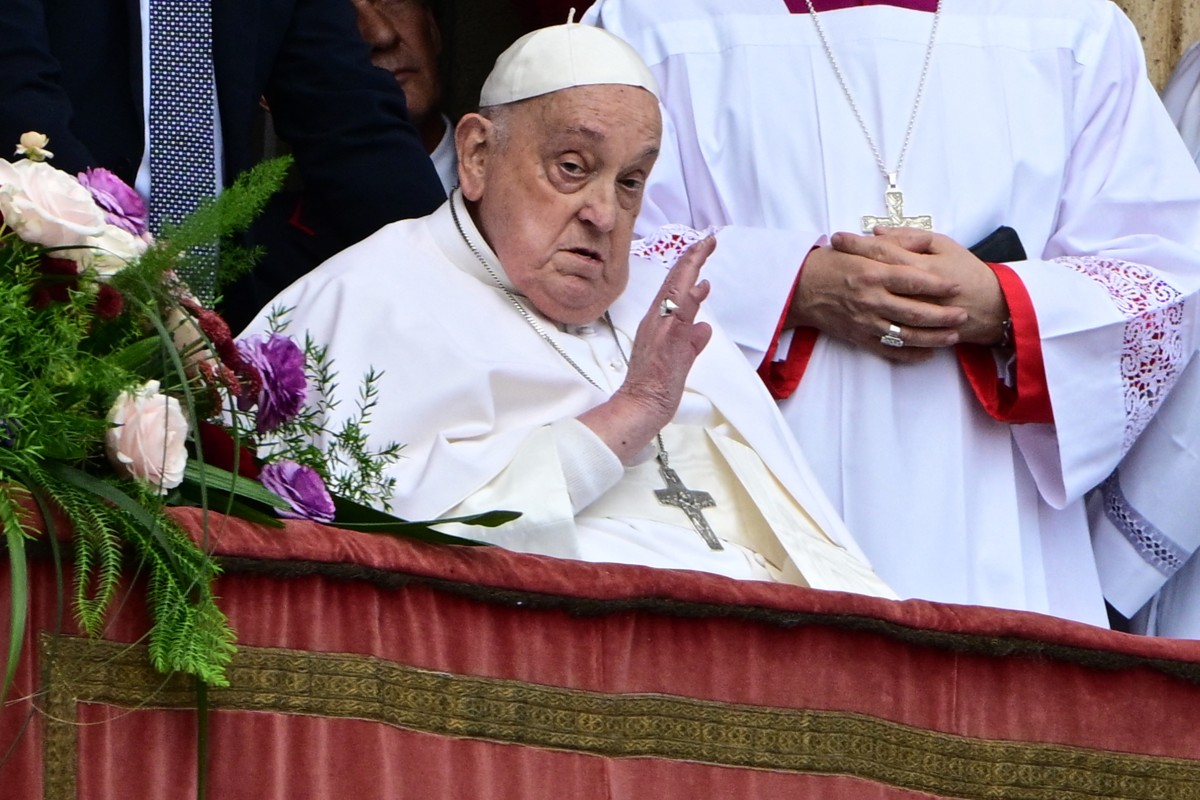
Pope Francis, still recovering from pneumonia, appeared on the balcony of St. Peter’s Basilica in the Vatican on Easter Sunday and, with a faint voice, wished a “Happy Easter” to the thousands of faithful gathered to celebrate the Resurrection of Christ.
A month after being discharged from a lengthy hospital stay, the presence of the 88-year-old pontiff had remained uncertain, with the Vatican not confirming his attendance ahead of time.
Eventually, the pope made a brief appearance in a wheelchair shortly after 12:00 p.m. (10:00 GMT) to deliver his traditional “Urbi et Orbi” blessing (“to the city and to the world”).
Although no longer wearing an oxygen cannula, the Argentine Jesuit relied on a close aide to read his Easter message, which touched on major global conflicts.
Francis condemned the “dramatic and unworthy humanitarian crisis” in Gaza and called for a ceasefire, while also expressing concern over the “growing climate of antisemitism spreading across the globe.”
He further emphasized the importance of religious freedom and freedom of thought, stating that without mutual respect, “peace is not possible.”
International
Thousands rally nationwide against Trump’s threat to U.S. democracy
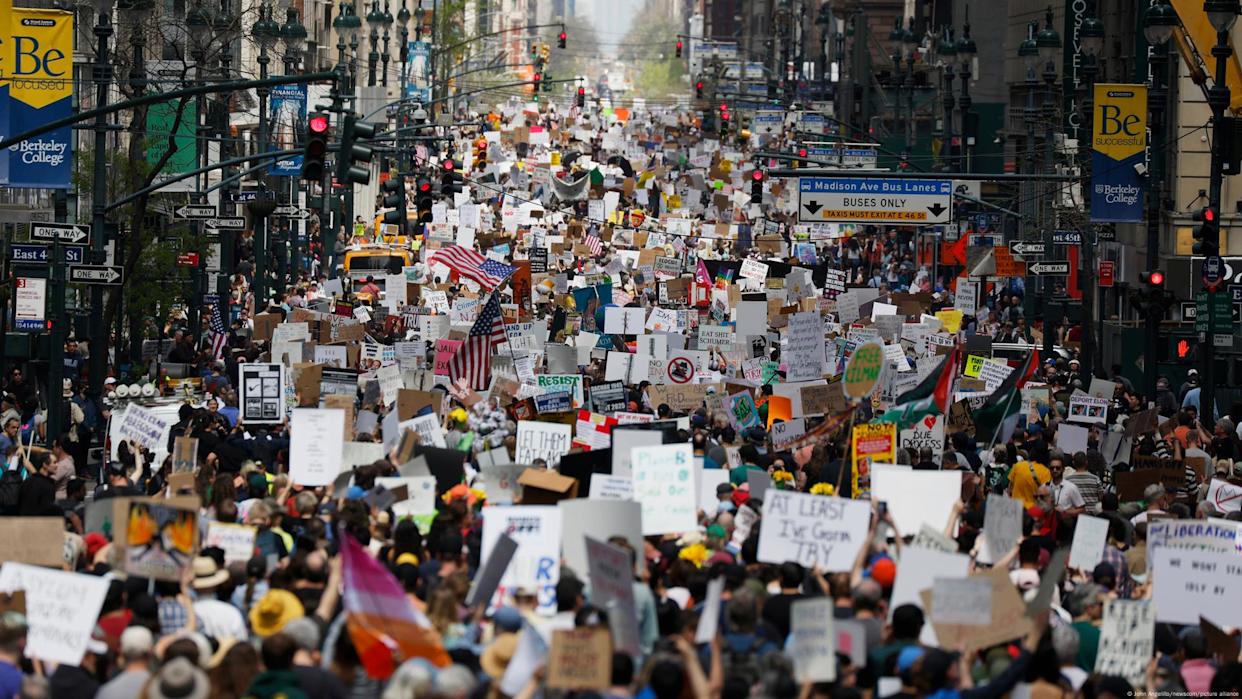
Thousands of protesters gathered on Saturday (April 19, 2025) in major cities like New York and Washington, as well as in small communities across the United States, in a second wave of demonstrations against President Donald Trump. The crowds denounced what they view as growing threats to the country’s democratic ideals.
In New York City, demonstrators of all ages rallied in front of the Public Library near Trump Tower, holding signs accusing the president of undermining democratic institutions and judicial independence.
Many protesters also criticized Trump’s hardline immigration policies, including mass deportations and raids targeting undocumented migrants.
“Democracy is in grave danger,” said Kathy Valyi, 73, the daughter of Holocaust survivors. She told AFP that the stories her parents shared about Adolf Hitler’s rise to power in 1930s Germany “are happening here now.”
In Washington, demonstrators voiced concern over what they see as Trump’s disregard for long-standing constitutional norms, such as the right to due process.
-

 International5 days ago
International5 days agoArsenal stun Real Madrid at the Bernabéu to reach Champions League semifinals
-
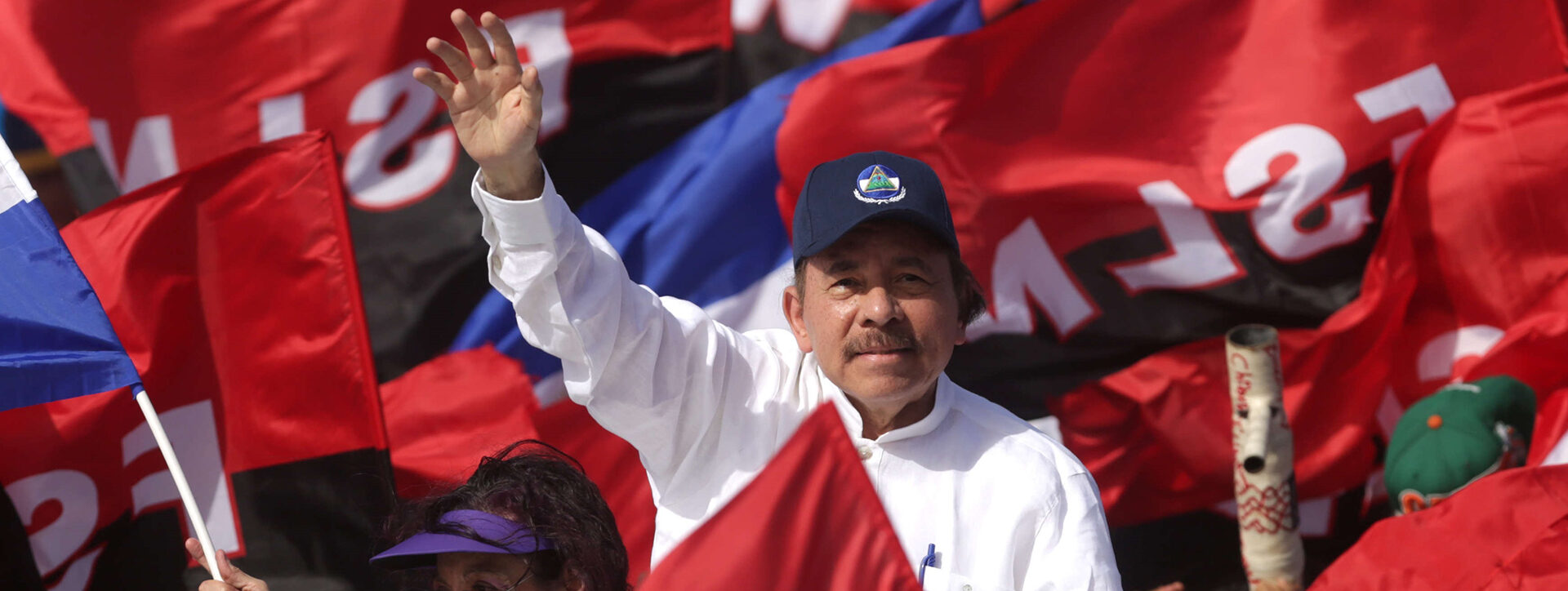
 Central America4 days ago
Central America4 days agoNicaraguan Exiles to Mark 7th Anniversary of 2018 Protests with Global Commemorations
-
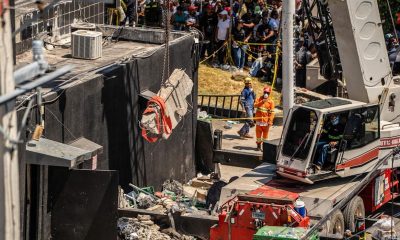
 International4 days ago
International4 days agoDominican ‘False Hero’ Arrested for Faking Role in Nightclub Collapse That Killed 231
-
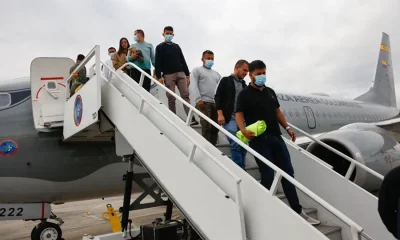
 International3 days ago
International3 days agoACLU seeks emergency court order to stop venezuelan deportations under Wartime Law
-
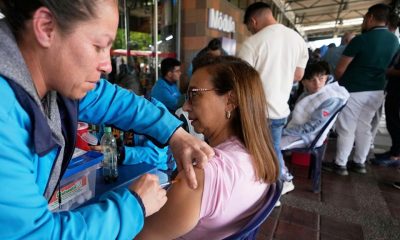
 International5 days ago
International5 days agoBogotá residents line up for yellow fever vaccine amid national alert
-
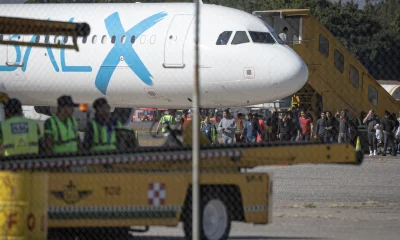
 Central America3 days ago
Central America3 days agoUN complaint filed against Costa Rica over detention of migrant children
-

 International5 days ago
International5 days agoDeSantis’ immigration crackdown sparks alarm in Venezuelan Communities in Doral
-
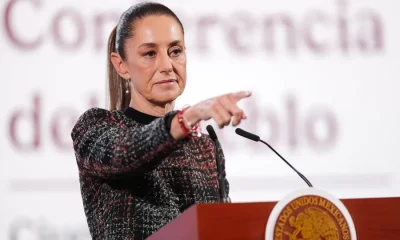
 International5 days ago
International5 days agoMexico refuses to restore ties with Ecuador while Noboa remains in office
-
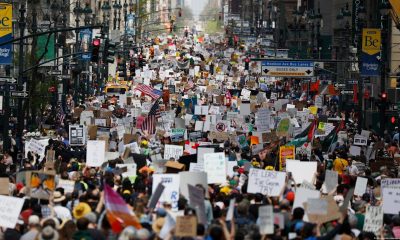
 International2 days ago
International2 days agoThousands rally nationwide against Trump’s threat to U.S. democracy
-

 Central America20 hours ago
Central America20 hours agoSenator Van Hollen Meets with Deported MS-13 Member in El Salvador; Trump and Bukele React
-

 International20 hours ago
International20 hours agoPope Francis Appears for Easter Blessing, Calls for Peace and Religious Freedom














